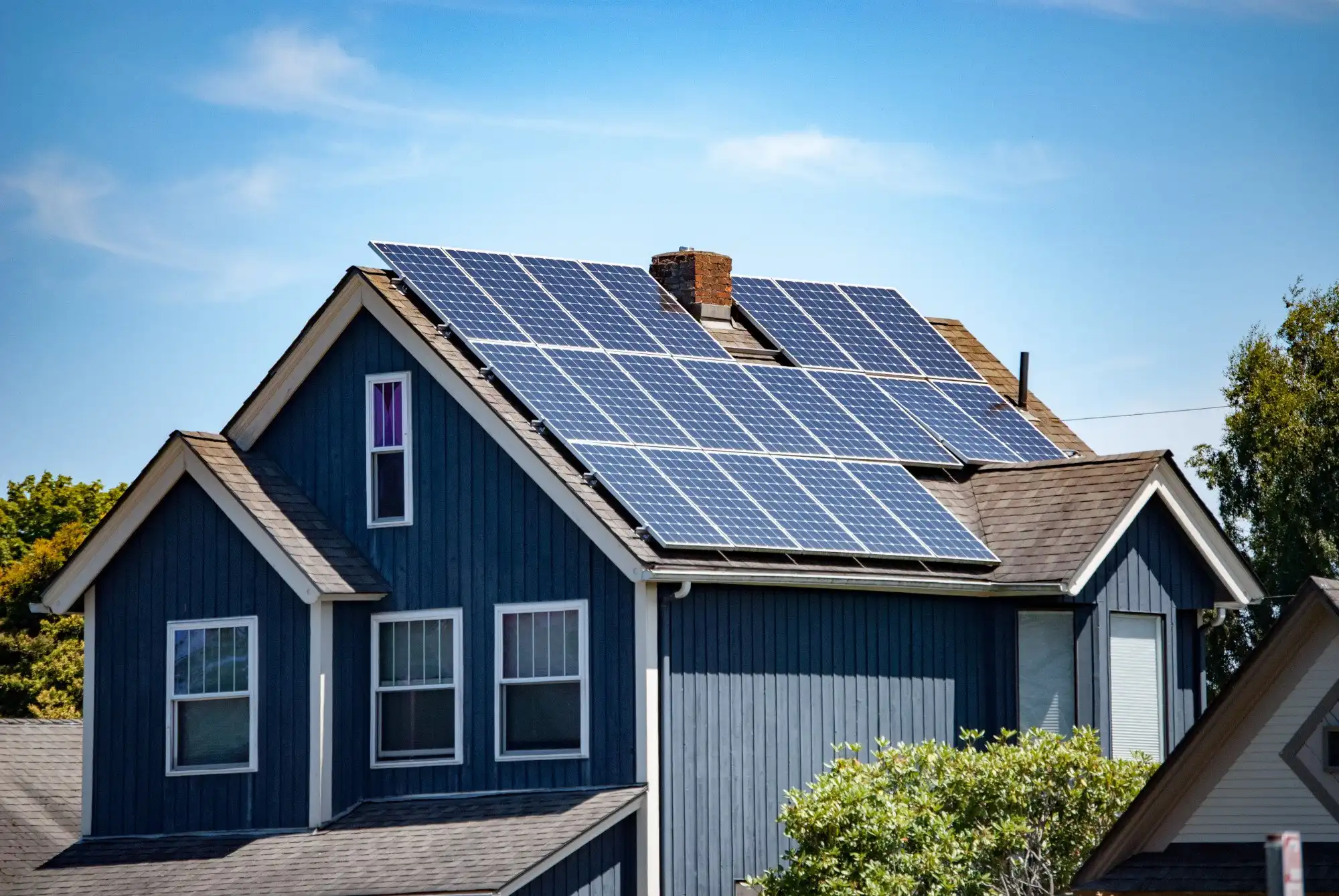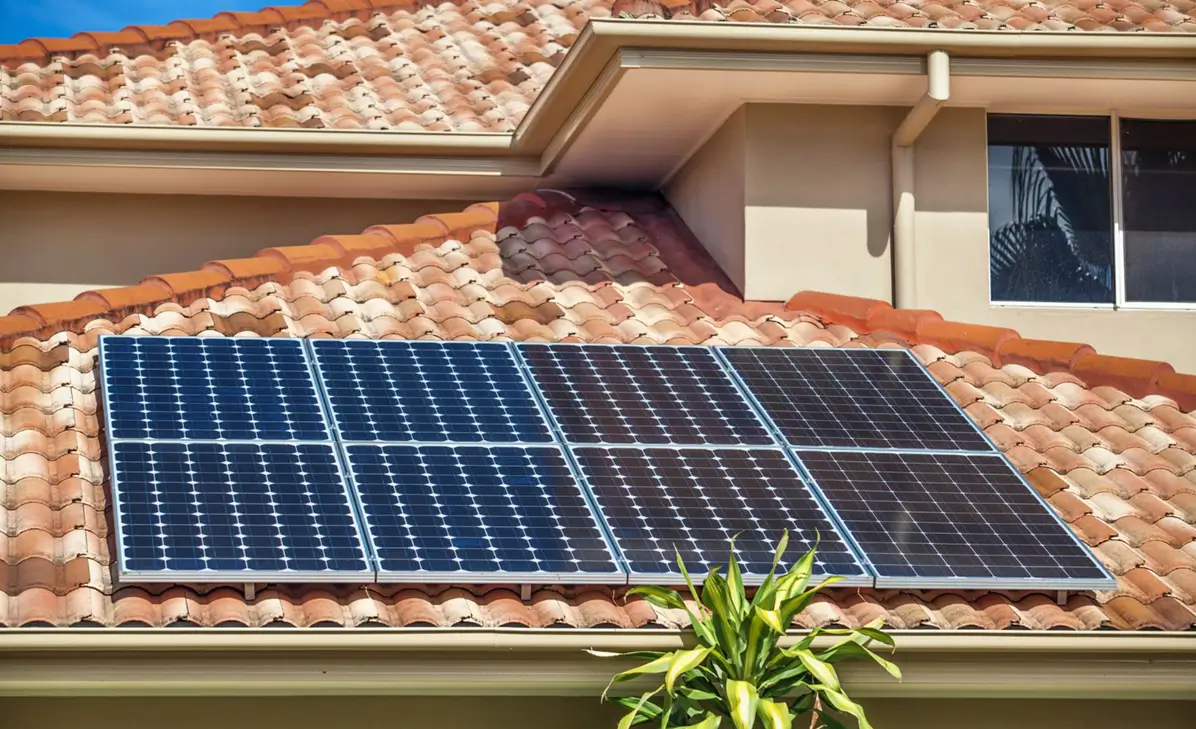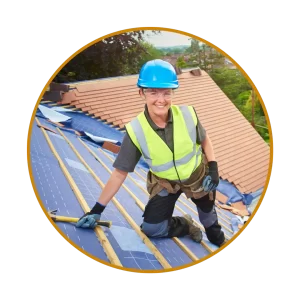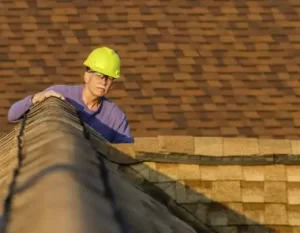Energy Incentives for Residential Projects
Q. Are there incentives for making your home energy efficient by installing alternative energy equipment?
A. Yes, the residential energy efficient property credit allows for a credit equal to the applicable percentage of the cost of qualified property. Qualifying properties are solar electric property, solar water heaters, geothermal heat pumps, small wind turbines, fuel cell property, and, starting December 31, 2020, qualified biomass fuel property expenditures paid or incurred in taxable years beginning after that date. Only fuel cell property is subject to a limitation of $500 concerning each half kilowatt of the qualified fuel cell property capacity. Generally, this credit for alternative energy equipment terminates for property placed in service after December 31, 2023. The applicable percentages are:
1-In the case of property placed in service after December 31, 2016, and before January 1, 2020, 30%.
2-In the case of property placed in service after December 31, 2019, and before January 1, 2023, 26%.
3-In the case of property placed in service after December 31, 2022, and before January 1, 2024, 22%.
Q. Is a roof eligible for the residential energy-efficient property tax credit?
A. In general, traditional roofing materials and structural components do not qualify for the credit. However, some solar roofing tiles and shingles serve as solar electric collectors while also performing the function of traditional roofing, serving both the parts of solar electric generation and structural support. Such items may qualify for the credit. Components such as a roof’s decking or rafters that serve only a roofing or structural function do not qualify for the credit.
Q. Does any guidance issued for the energy credit under section 48 of the Internal Revenue Code apply to the residential energy efficient property tax credit under section 25D of the Internal Revenue Code?
A. IRS guidance issued concerning the energy credit under section 48 in publication items such as Notice 2018-59 has no applicability to the residential energy efficient property credit under section 25D.
Q. What improvements qualify for the residential energy property credit for homeowners?
A. In 2018, 2019, 2020, and 2021, an individual may claim a credit for (1) 10% of the cost of qualified energy efficiency improvements and (2) the amount of the residential energy property expenditures paid or incurred by the taxpayer during the taxable year (subject to the overall credit limit of $500).
Qualified energy efficiency improvements include the following qualifying products:
- Energy-efficient exterior windows, doors, and skylights
- Roofs (metal and asphalt) and roof products
- Insulation
Residential energy property expenditures include the following qualifying products:
- Energy-efficient heating and air conditioning systems
- Water heaters (natural gas, propane, or oil)
- Biomass stoves (qualified biomass fuel property expenditures paid or incurred in taxable years beginning after December 31, 2020, are now part of the residential energy efficient property credit for alternative energy equipment.)
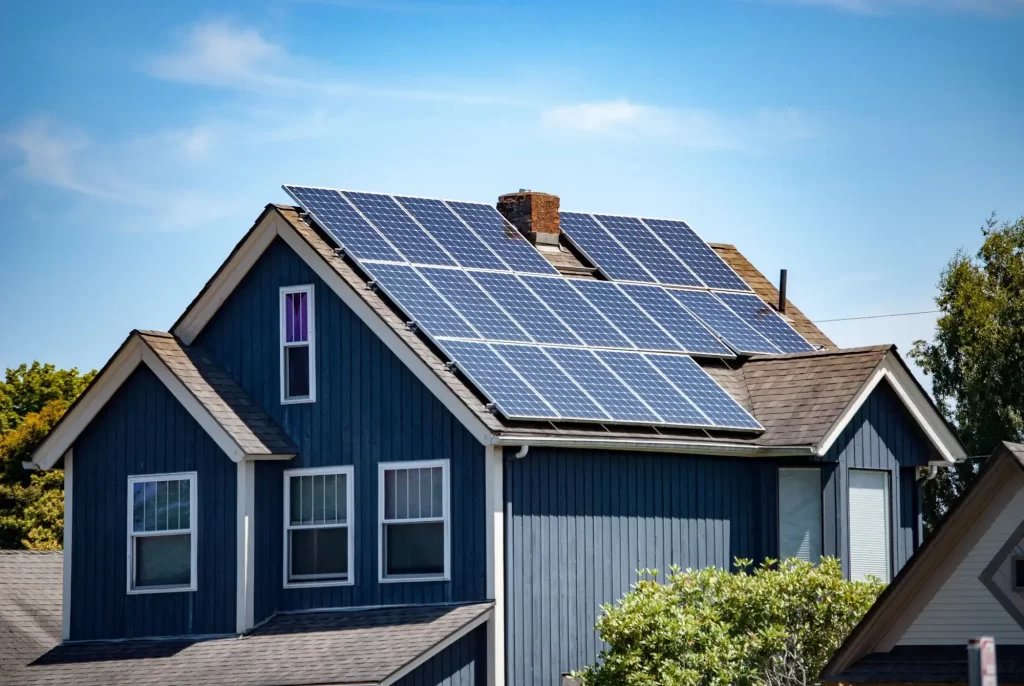
Please note that qualifying property must meet the applicable standards in the law.
The residential energy property credit, which expired at the end of December 2014, was extended for two years through December 2016 by the Protecting Americans from Tax Hikes Act of 2015. The Consolidated Appropriations Act, 2018, extended the credit through December 2017. The nonbusiness energy property credit expired on December 31, 2017, but was retroactively extended for tax years 2018, 2019, and 2020 on December 20, 2019, as part of the Further Consolidated Appropriations Act. On December 27, 2020, the credit was again extended through December 31, 2021, by the Consolidated Appropriations Act, 2021. The distinction had previously been raised by legislation several times. See Notice 2013-70 for more information on this credit and the credit for alternative energy equipment.
Q. Who qualifies to claim a residential energy property credit? Are there limitations?
A. You may be able to take these credits if you made energy-saving improvements to your principal residence during the taxable year. In 2018, 2019, 2020, and 2021 the residential energy property credit is limited to an overall lifetime credit limit of $500 ($ 200-lifetime limit for windows). There are also other individual credit limitations:
- $50 for any advanced central air circulating fan
- $150 for any qualified natural gas, propane, or oil furnace or hot water boiler
- $300 for any item of energy-efficient building property

The residential energy property credit is nonrefundable. A nonrefundable tax credit allows taxpayers to lower their tax liability to zero, but not below zero.

